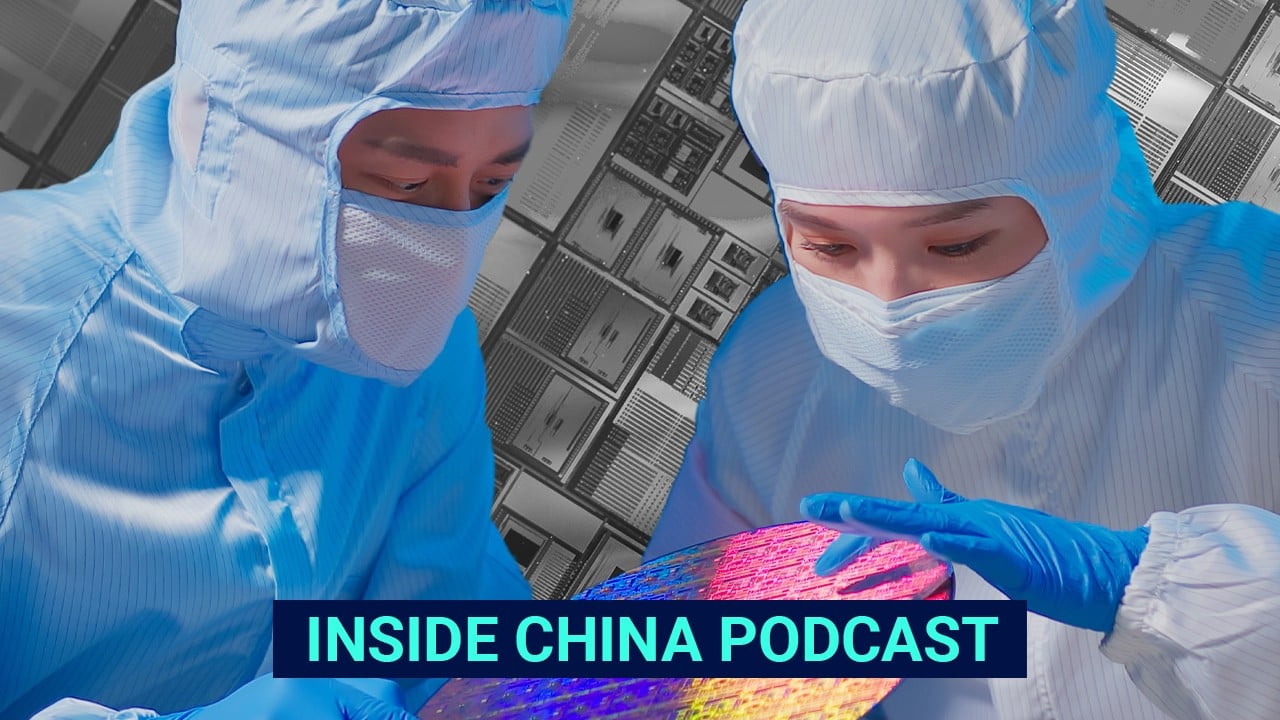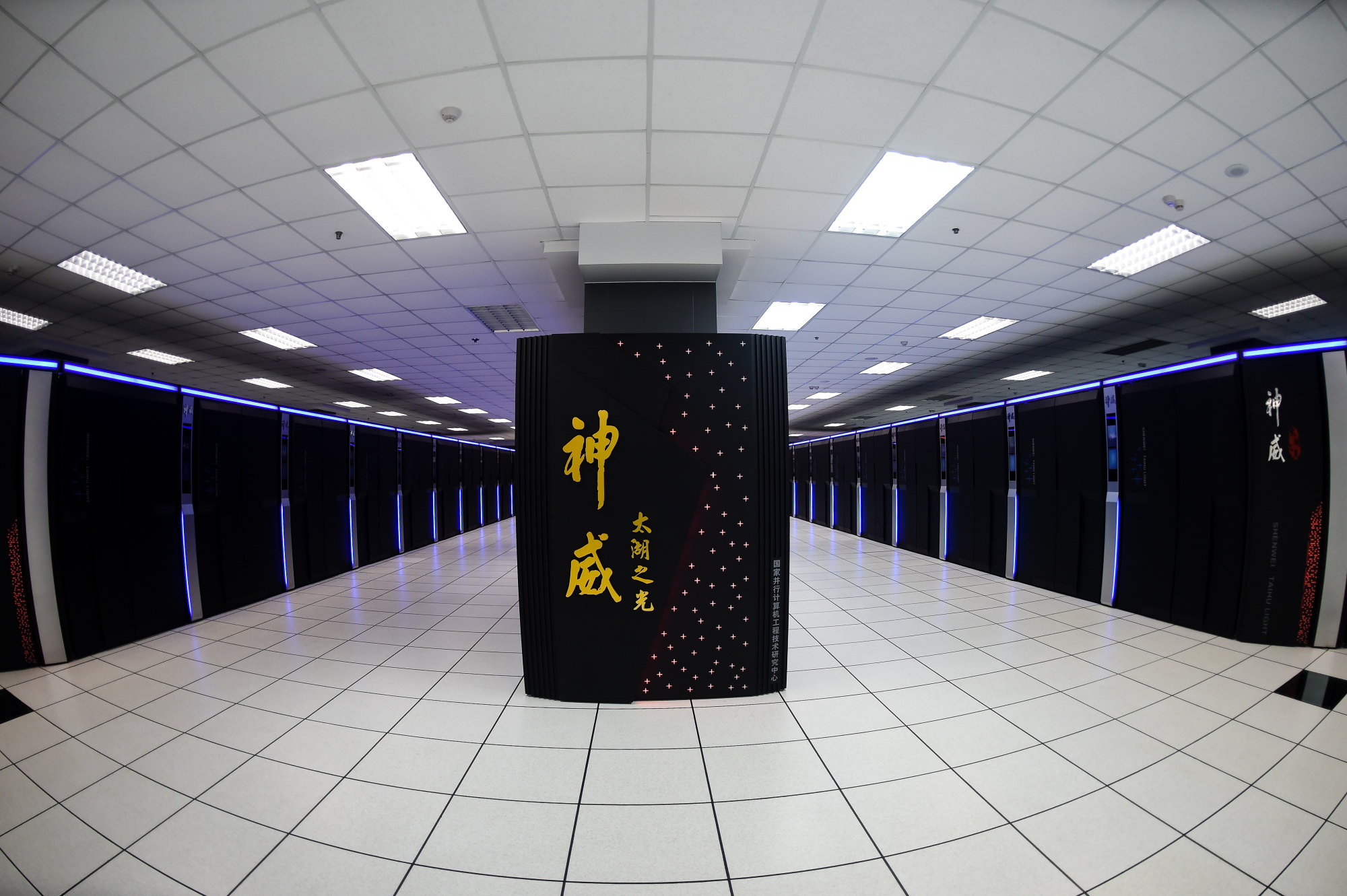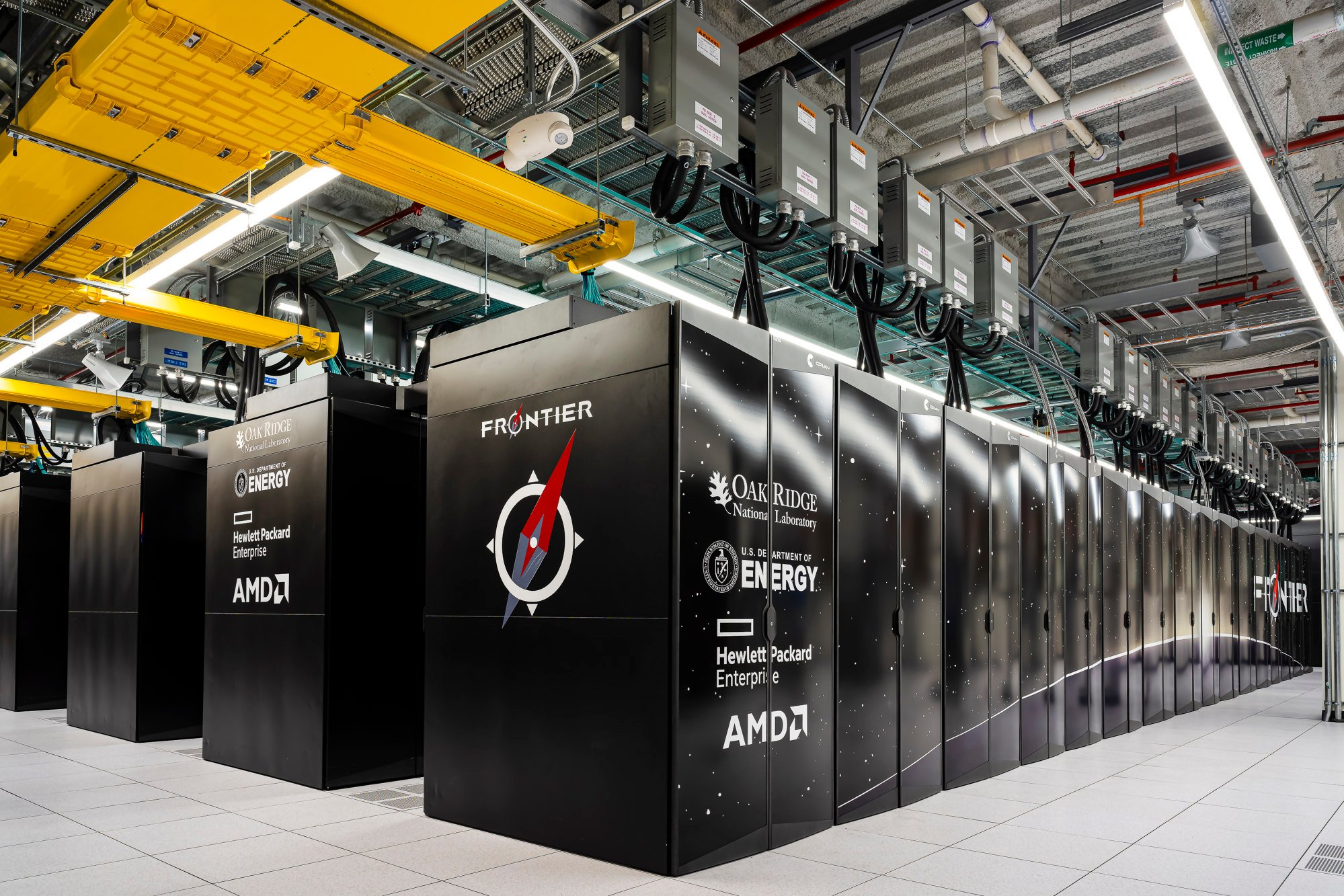
New Sunway: how China has sidestepped US sanctions on its most powerful supercomputers
-
Details of the Chinese supercomputer, the Sunway OceanLight, which uses a home-grown chip, have been revealed at a US conference
-
The Chinese computer boasts the second-most powerful system in the world, only beaten by US supercomputer the Frontier
Powered by an upgraded home-grown chip, the new Sunway supercomputer boasts a performance that is second only to the world’s most powerful system – the Frontier – which was built and hosted by the US Department of Energy’s Oak Ridge National Laboratory.
While the home-grown chips the new Sunway uses are not as powerful as the US version, the Chinese scientists have instead increased the number of cores in the machine. This does, however, increase energy consumption, size and cost of running the supercomputer.
This Chinese dark horse has also outdone leading supercomputers, including the Frontier, in computing efficiency. It can maintain over 85 per cent of its peak performance in regular operation, ranking the highest among all heterogeneous systems – a type of common supercomputing architecture – and second among all systems.
Meanwhile, China’s most powerful supercomputer remains undisclosed and other supercomputing chips are also under development, according to the Chinese scientist who works at a top mainland university.

27:21
Biden’s China tech policy goal: a 10 year handicap
This new generation of Sunway is made possible largely because it is underpinned by a more powerful processor, the Sunway SW26010 Pro CPU, which is an upgraded version of the Sunway SW26010 that was used in the TaihuLight system.
Compared with its predecessor in the series, the new processor has made improvements in the clock speed, the instruction set and the memory bandwidth, bringing in a fourfold increase in performance.
After reading recent online news of the supercomputer, the Chinese scientist expressed no surprise.
“This processor is not new,” he told the Post. “It has been used in China’s supercomputing systems for the past two or three years, but was just made known to the public, especially the Western world.”

SW26010-Pro was a home-grown chip that aimed to boost China’s supercomputing capabilities and self-reliance, but it was still not on a par with its most advanced rivals, the scientists interviewed said.
To get around that, in the new Sunway system, Chinese scientists have employed a strategy where, despite the inferior individual chips, they use a greater number of cores – the fundamental units of computation – to enhance the computer’s performance.
A supercomputer is a massive system that connects many nodes (machines), with each node containing multiple chips that are dotted with numerous cores.
Compared to its previous version, the SW26010-Pro chip has seen an increase in core clusters from four to six, with each cluster containing 64 cores, bringing a total of 384 cores.
The new Sunway is equipped with more than 100,000 chips and over 41 million cores, according to the paper, but due to limitations such as the on-chip memory and network bandwidth of the processor, the system has to be carefully optimised.
“It is good to know that China has developed a chip specifically designed for supercomputers, and some of its primary performance shows promising results. However, there are still many unknowns and challenges,” said a computer scientist surnamed Liu, who declined to use his full name.

That is what led to the use of cores, Liu said.
Generally, he said, if one chip could integrate more cores, it implied that it could divide a task into smaller sub-tasks and process them simultaneously in parallel and its computational efficiency would usually be higher. However, the drawback is that it consumes more energy.
In fact, high energy consumption is a notorious challenge for supercomputers; thus, energy efficiency is also an important metric when evaluating supercomputing systems.
The new Sunway significantly surpasses the 8.7 million cores of the Frontier system.
“While this might demonstrate its strong parallel computing capability, it is also likely to lead to a higher energy consumption,” Liu said.
Another problem was the cost-effectiveness of the system, he noted.
The Frontier is backed by AMD’s general-purpose chips; China’s player, by contrast, uses tailored chips. This approach may present challenges in terms of manufacturing and mass production, and whether the prices are reasonable remains unknown when not reaching a certain production scale.
The US sanctions as well as China’s worsening relationship with the United States in recent years have also seen supercomputing research institutions stop submitting data to the Top500 list, including information on supercomputing development and performance.
Since then, the world has known little about China’s supercomputing capabilities. Despite that, the nation has never stopped in its aim to be a superpower in the field.
In 2018, Chinese state media reported that the country had completed three prototype exascale systems: the Sunway OceanLight developed in Wuxi, the Tianhe-3 by the National Supercomputing Centre of Tianjin, and one by the Chinese company Sugon for the National Supercomputing Centre in Shenzhen.
Amid China’s silence, the information about the Sunway OceanLight surfaced at the SC23 conference because of an academic paper that was presented there.
The paper was led by a group of scientists from China’s National Research Centre of Parallel Computer Engineering & Technology and Tsinghua University.

